50 Open Source Technologies / Projects to Look Out For in 2012
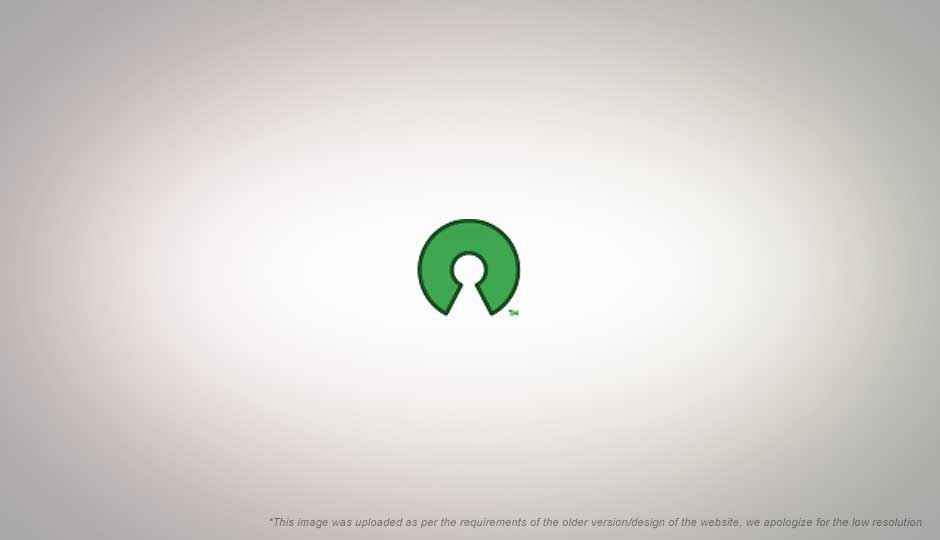
The open source movement continues to strengthen every year, such that no matter who you are, what software you use, what book you read, whatever you do somewhere along the line open source software is in use.
 Survey
SurveyApache continues to be the most popular web server, the public domain SQLite lies deep within nearly every mobile OS, and any software that deals with lots of data. Firefox and Chrome, both open source — although to different extents — now make up for a majority of the internet populace. It’s safe to say the open source movement has been a huge success.
2011 has been a good year for open source, and now we look forward to what we think are some important things to look out for in 2012 in the field of open source. For this we will divide this article in to the headings of “Web”, “Mobile” and “Desktop”.
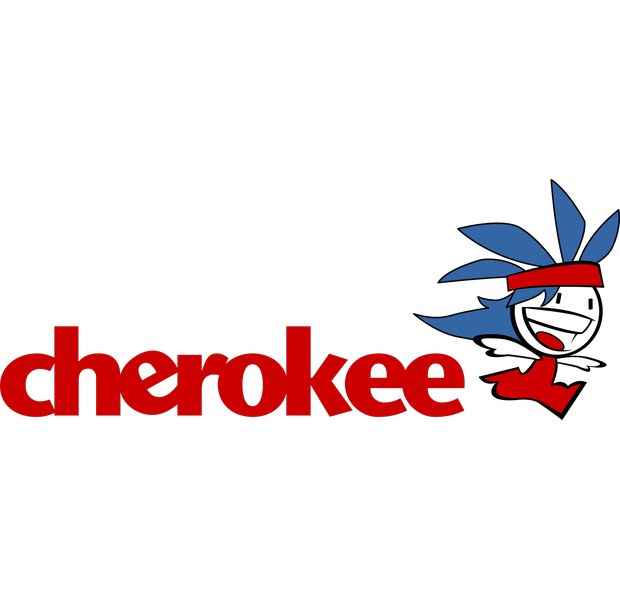
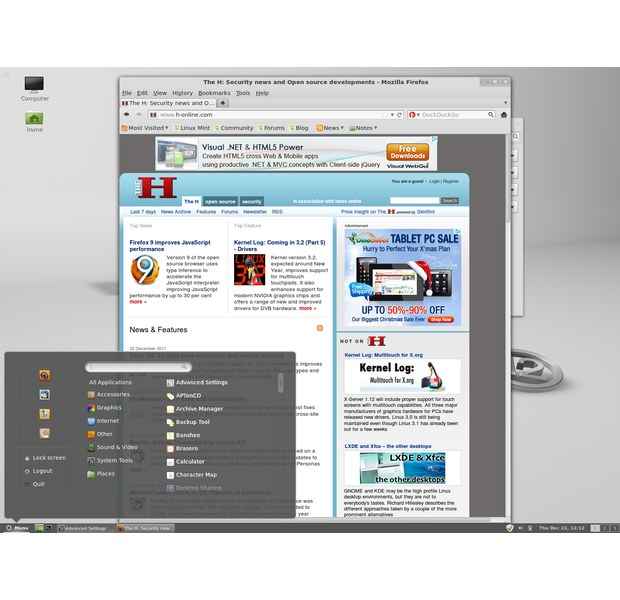
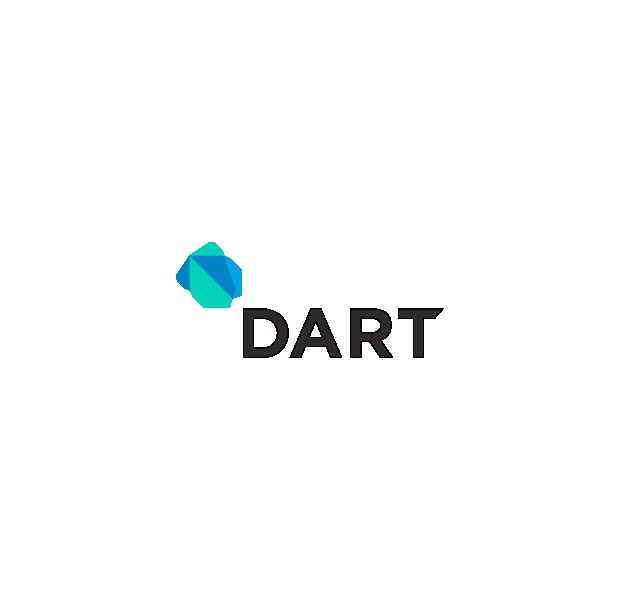
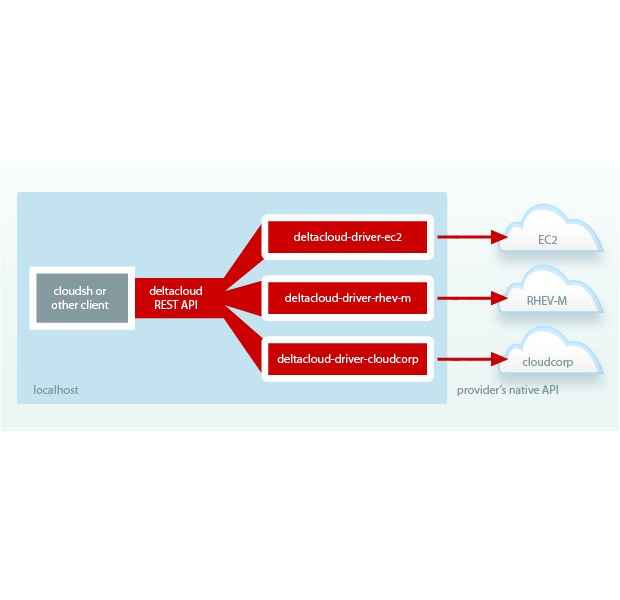
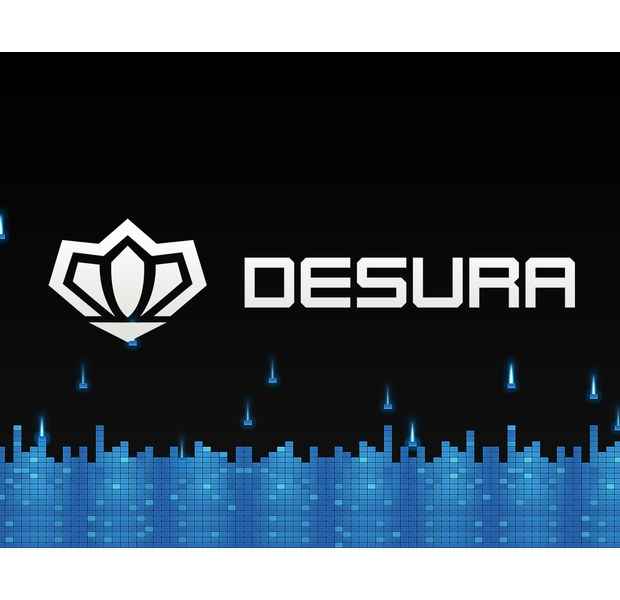

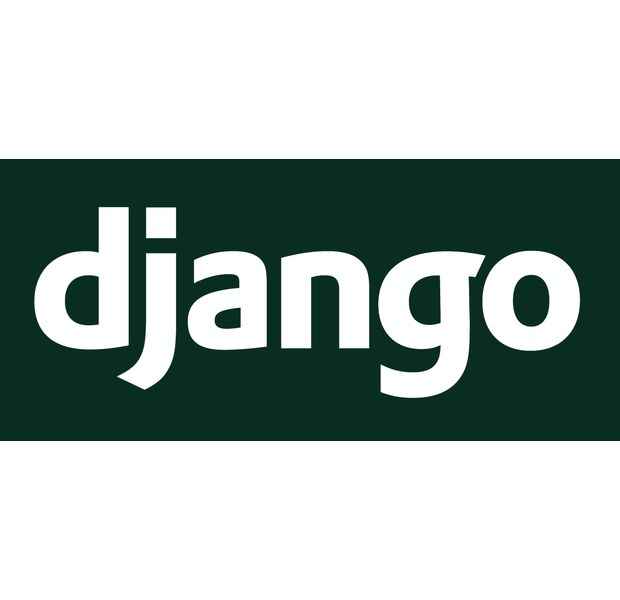

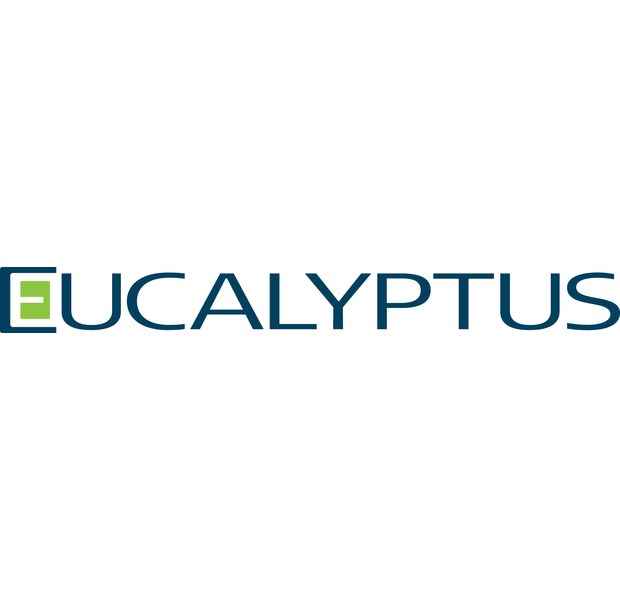

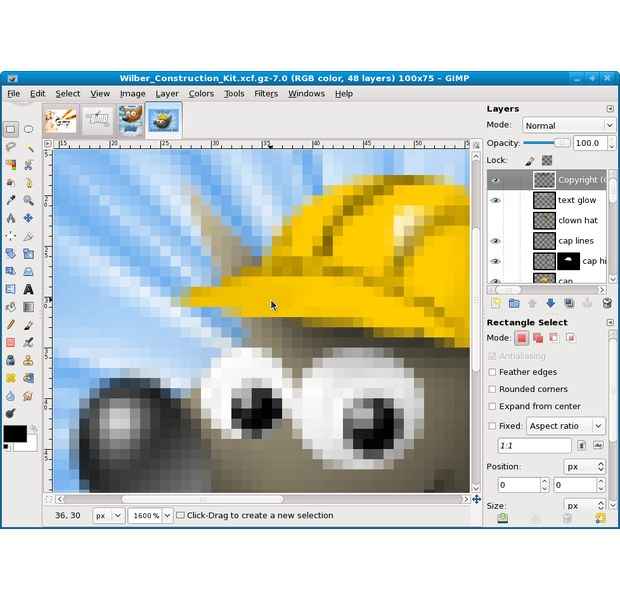
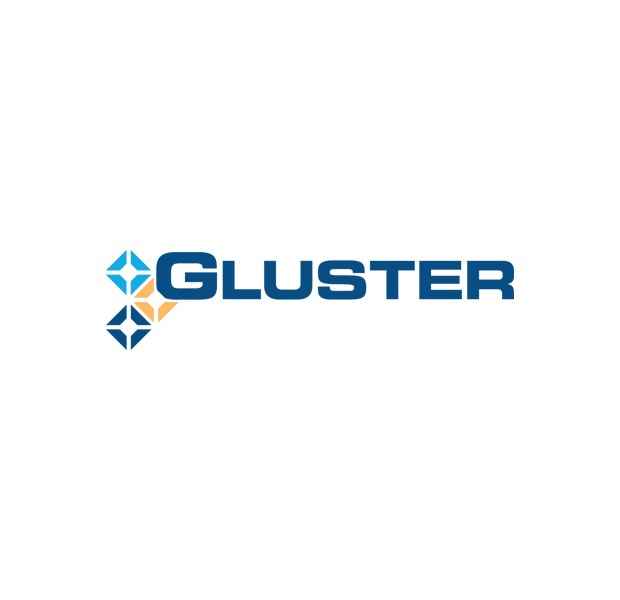
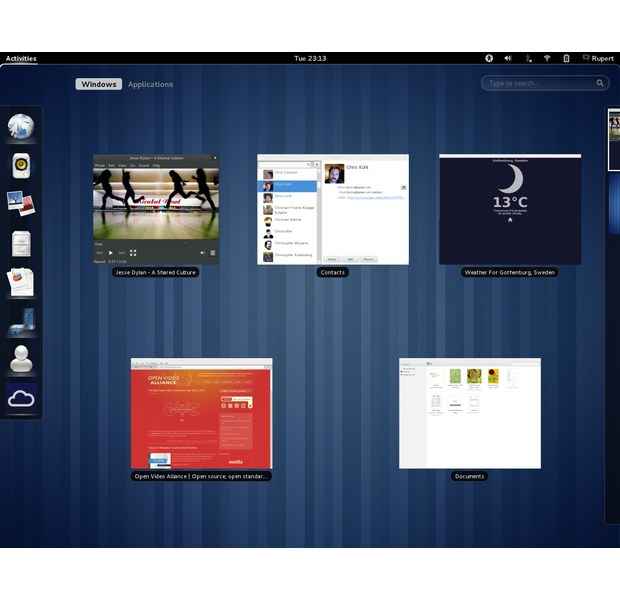
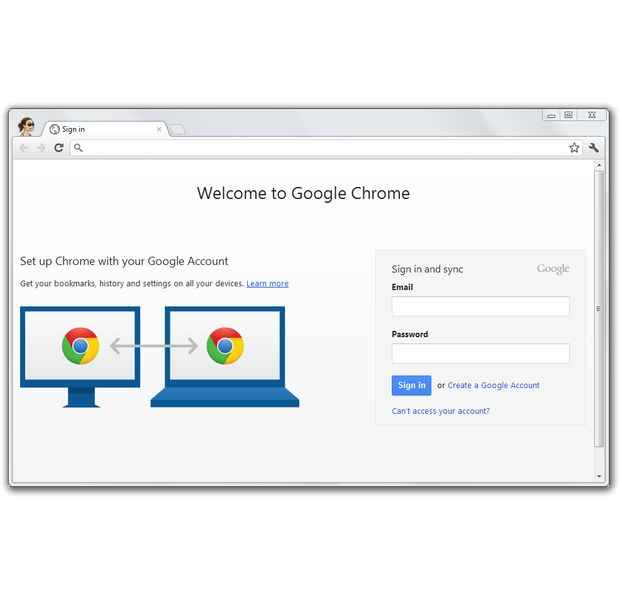
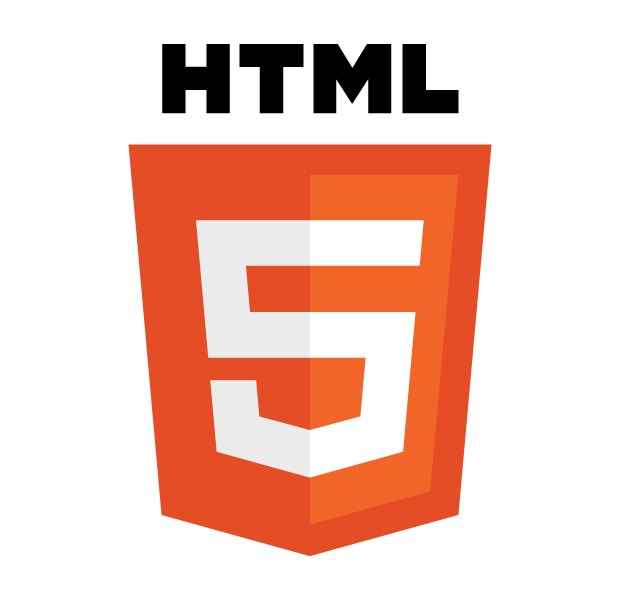
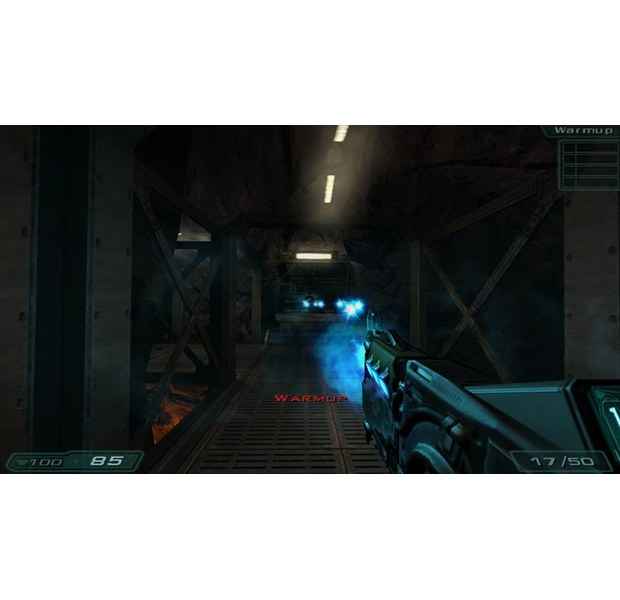
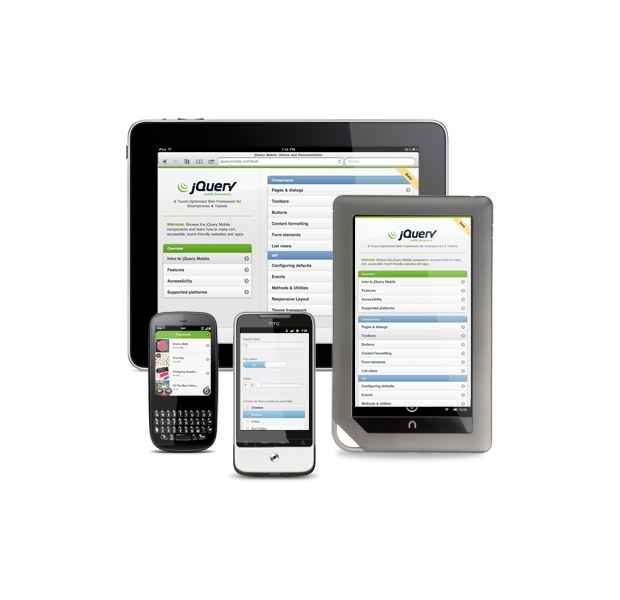
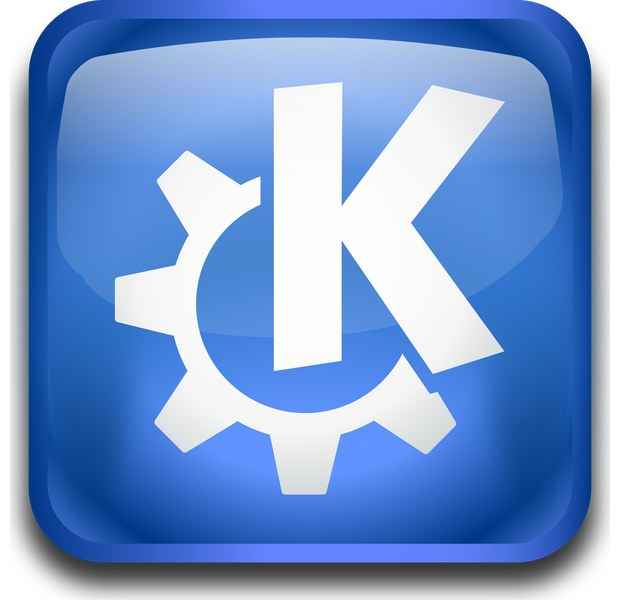

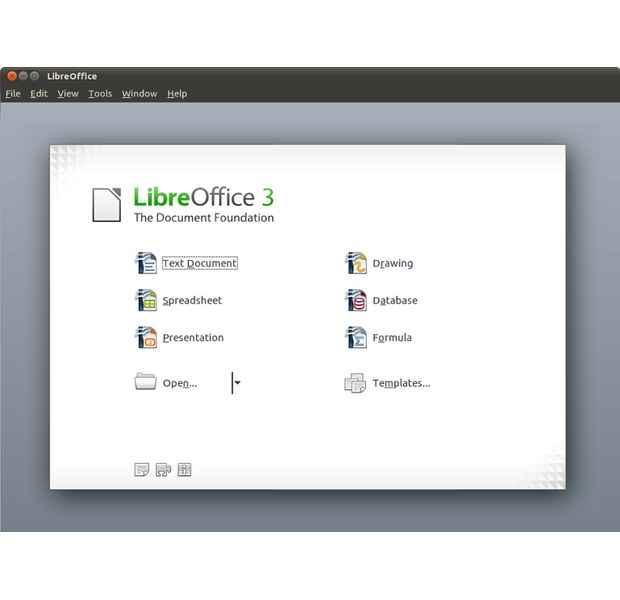
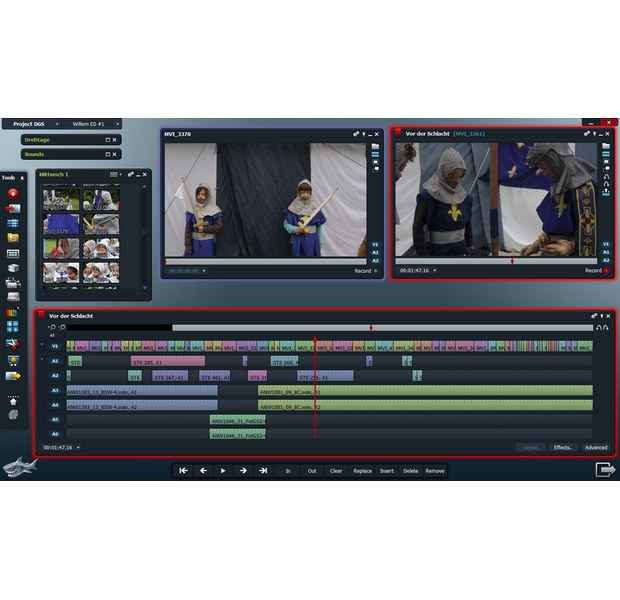
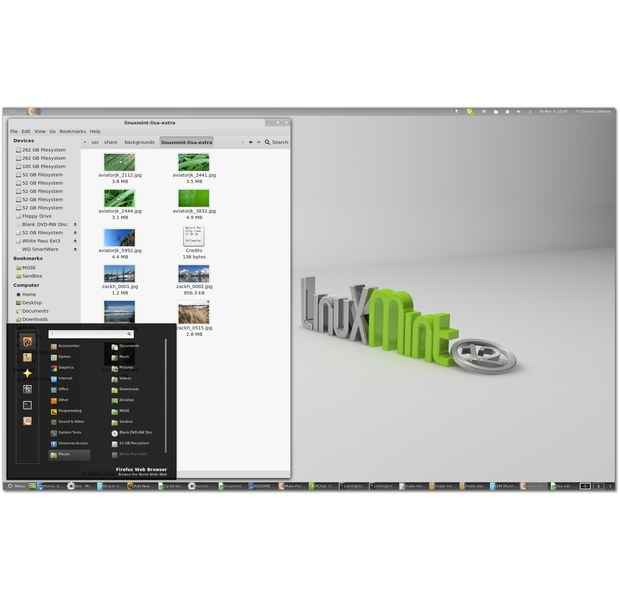
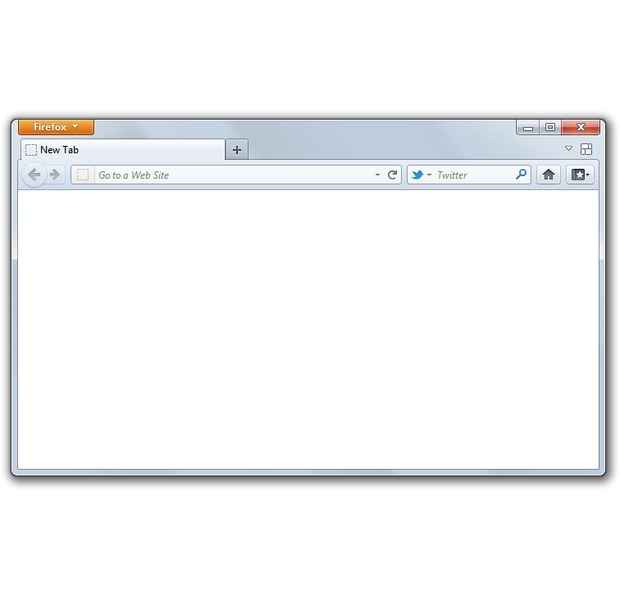

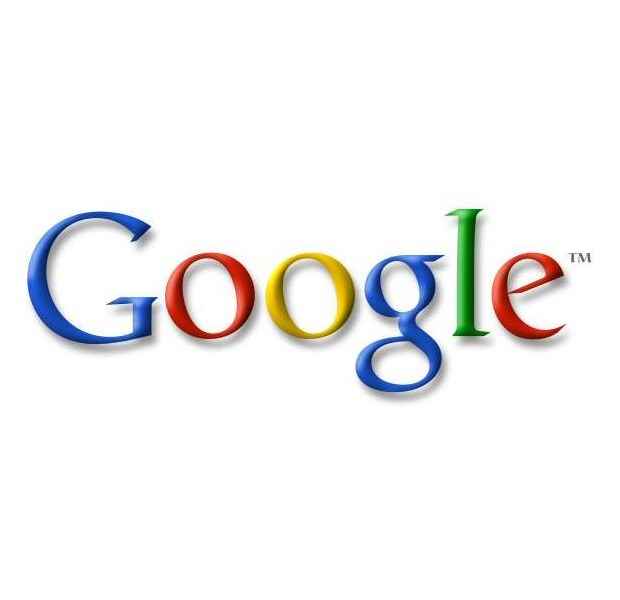
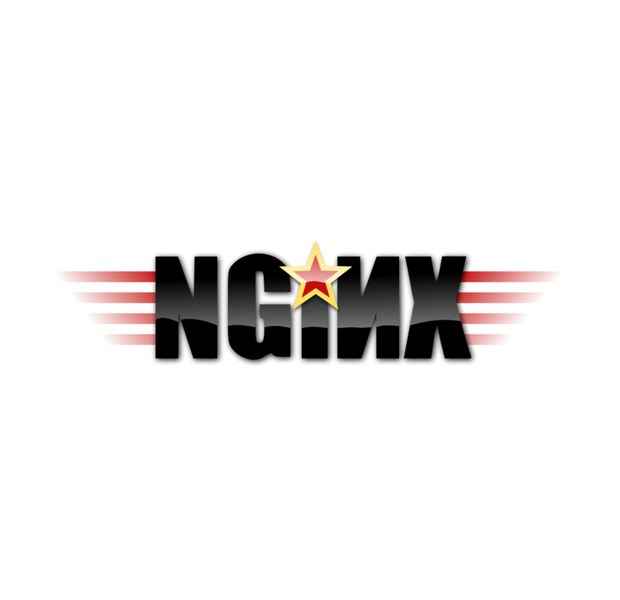
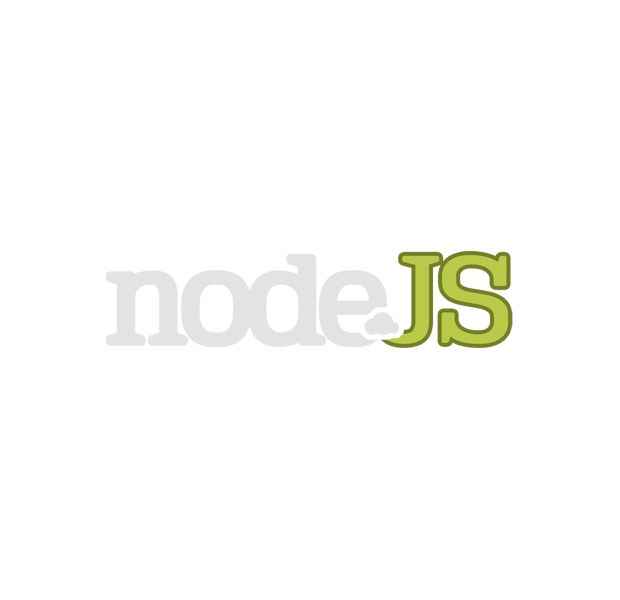
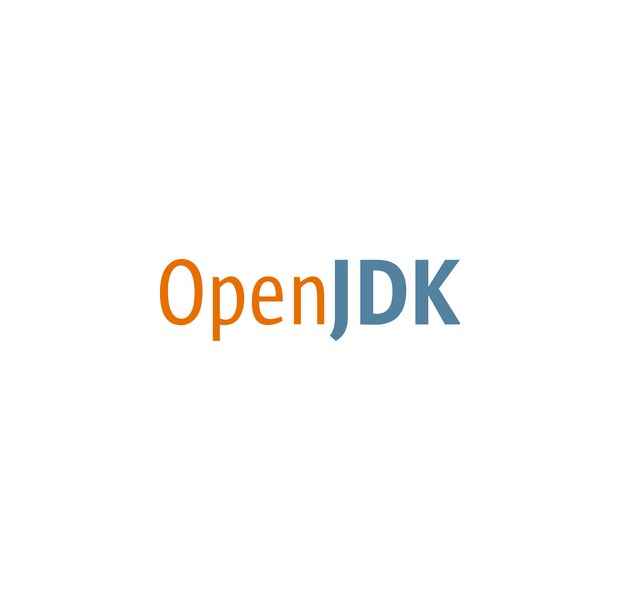
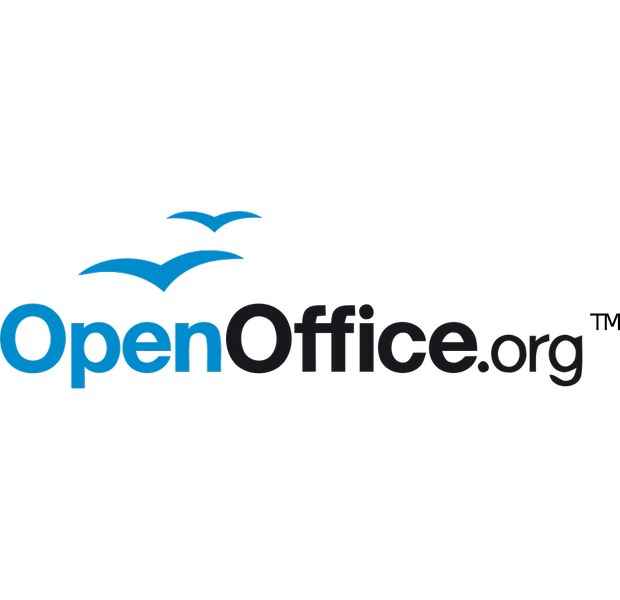
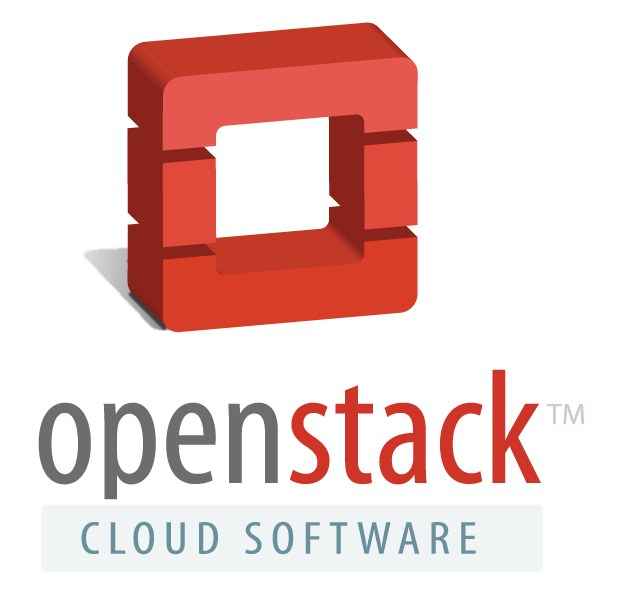
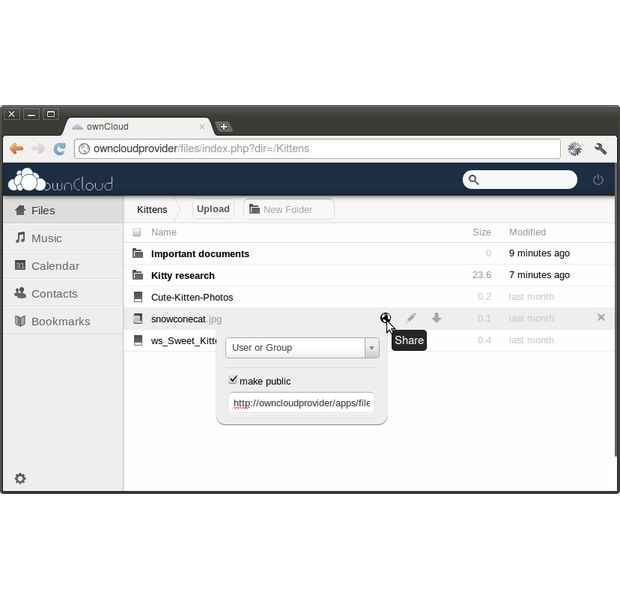
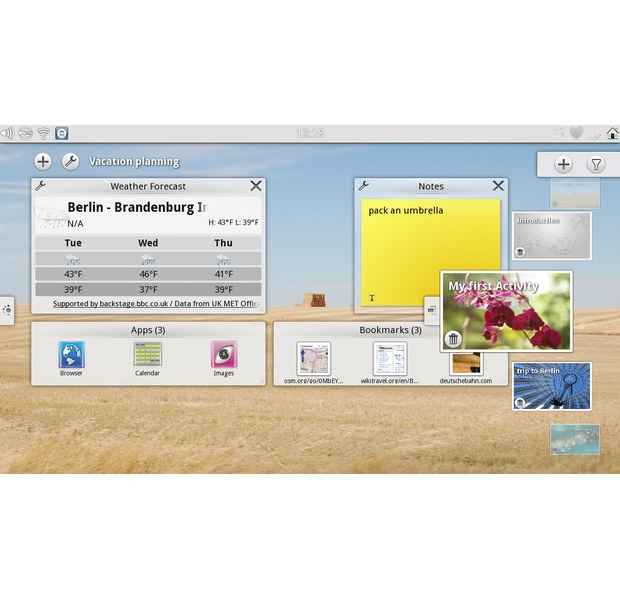
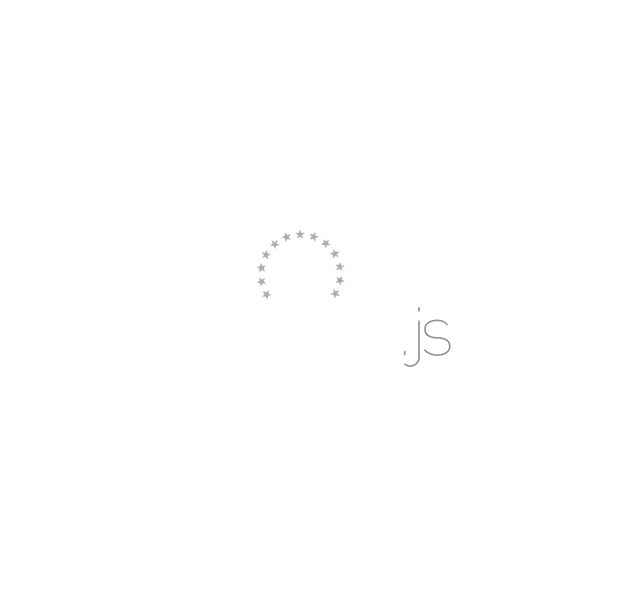
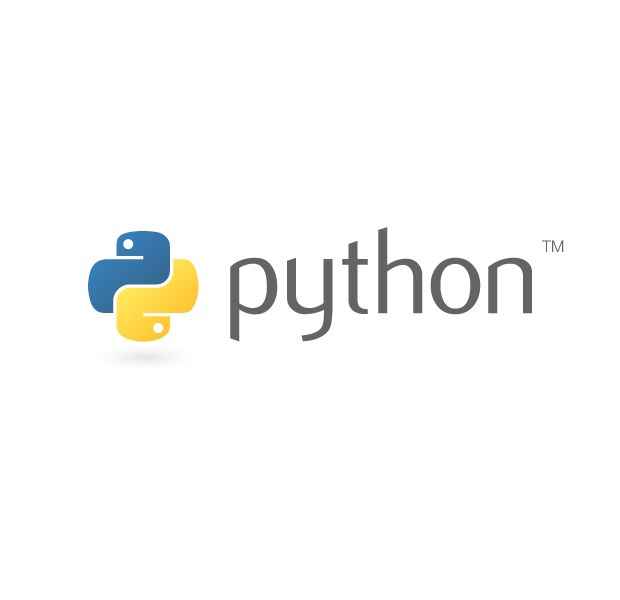
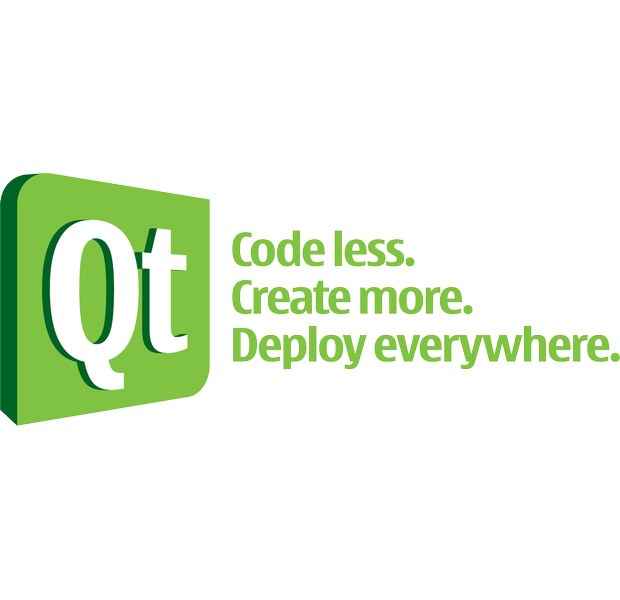
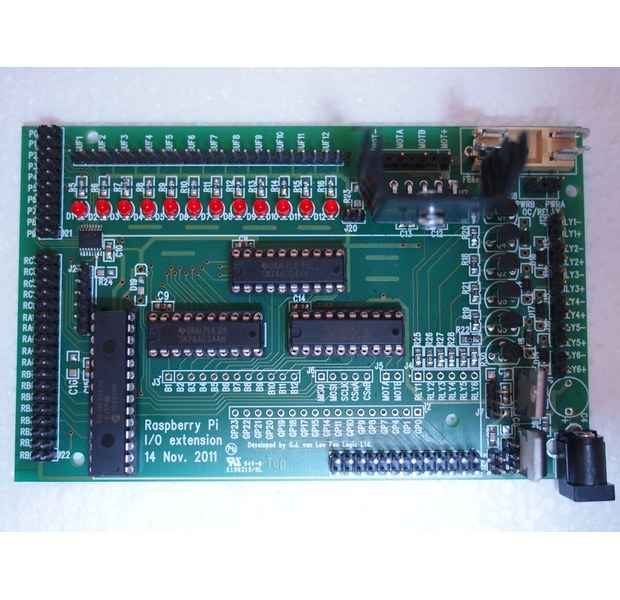
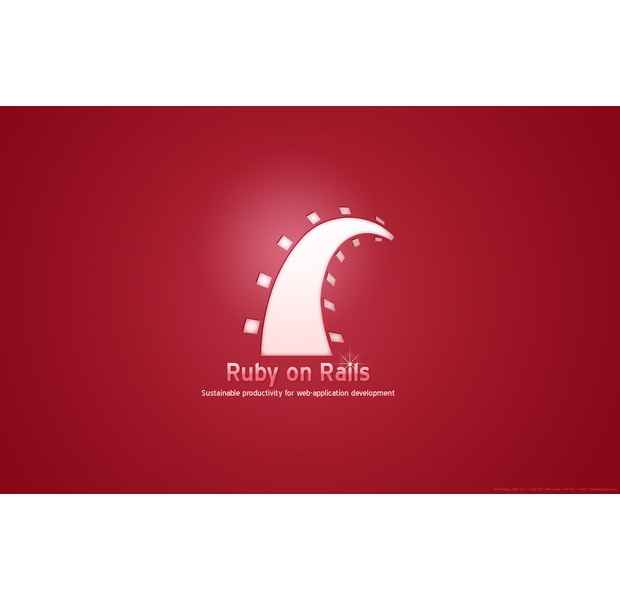
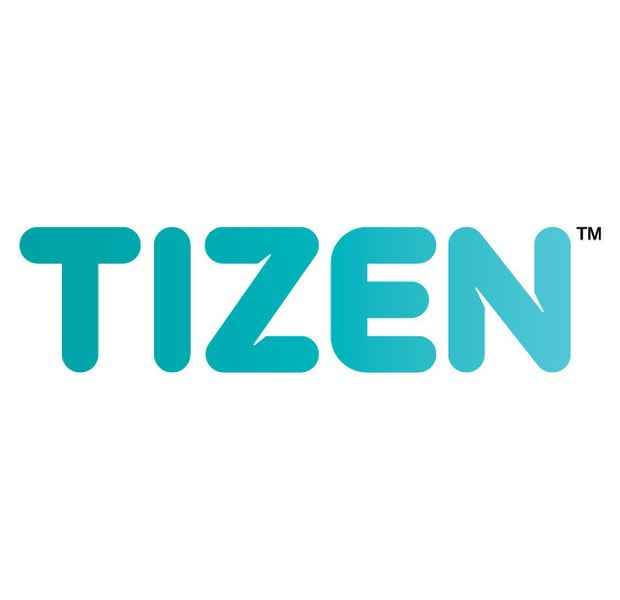
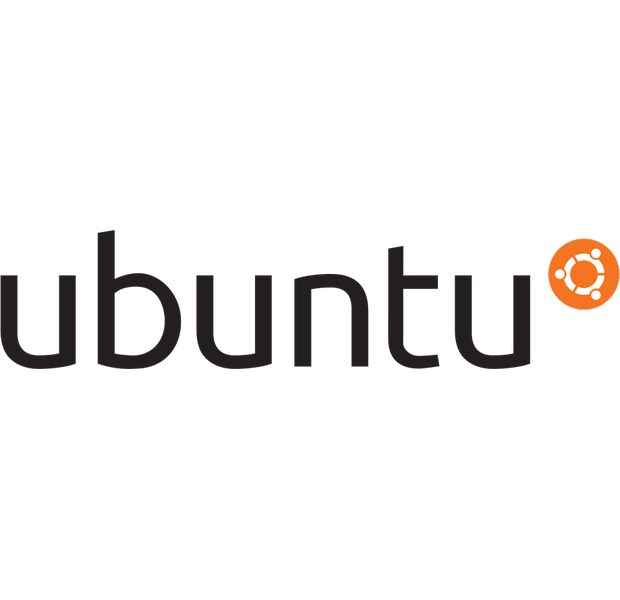
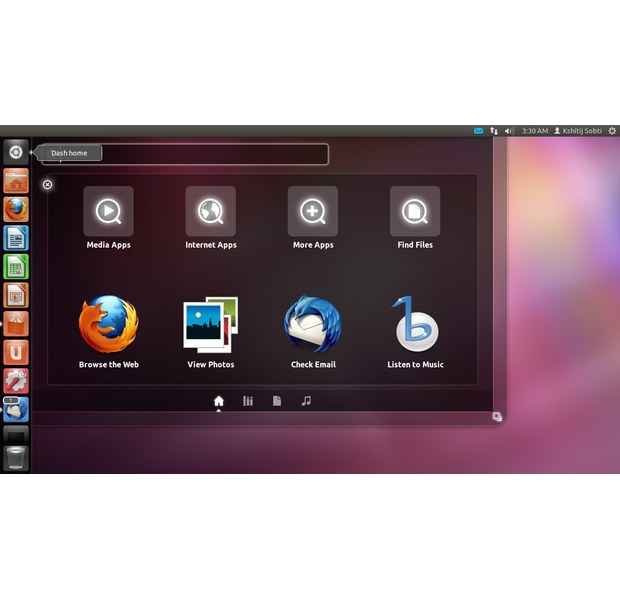
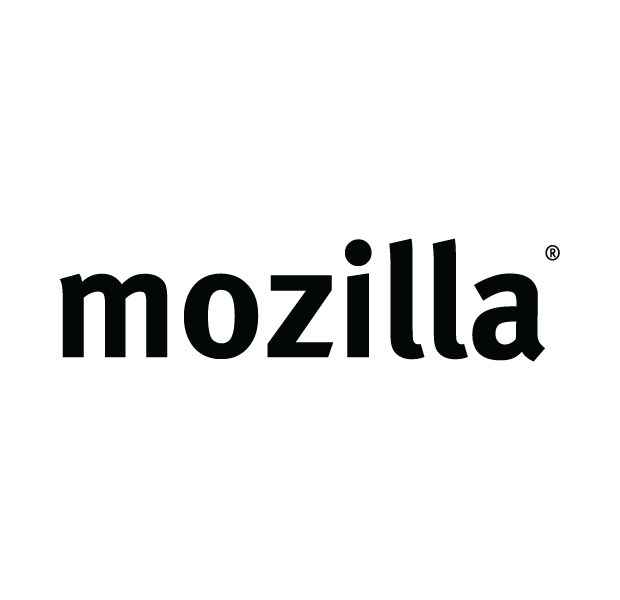
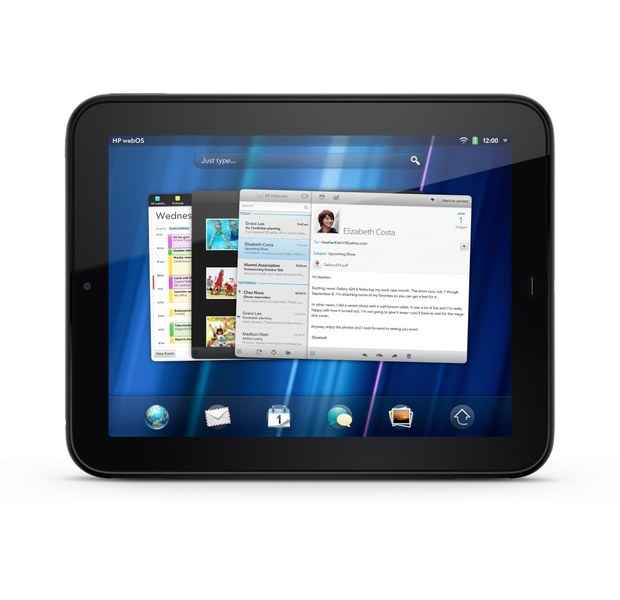
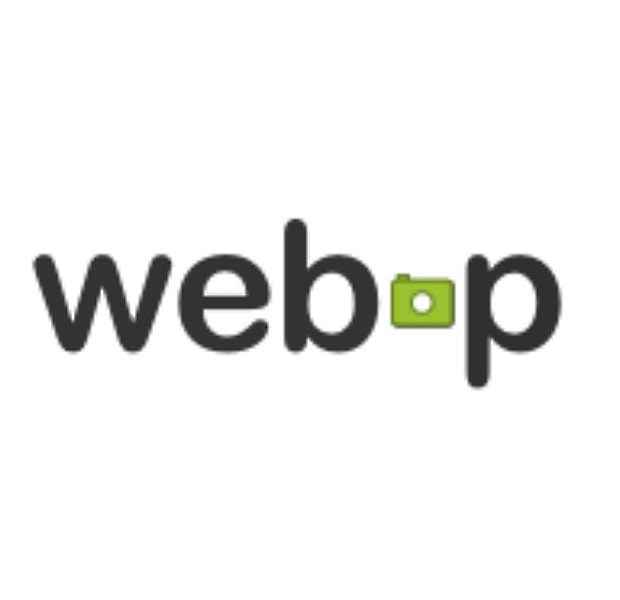



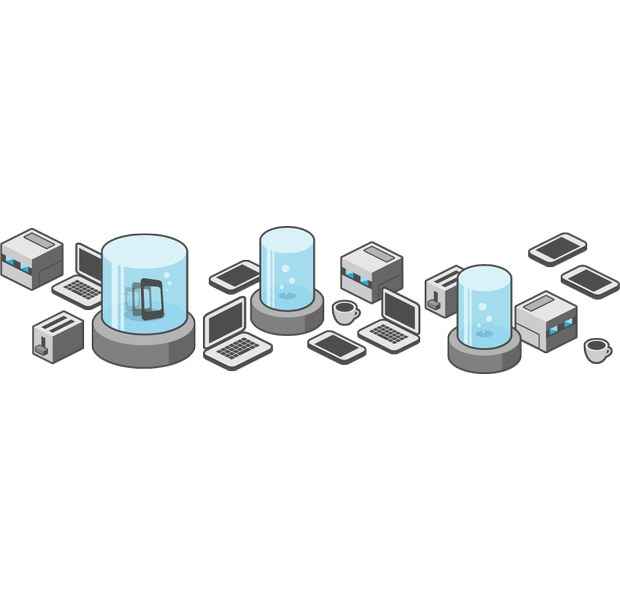

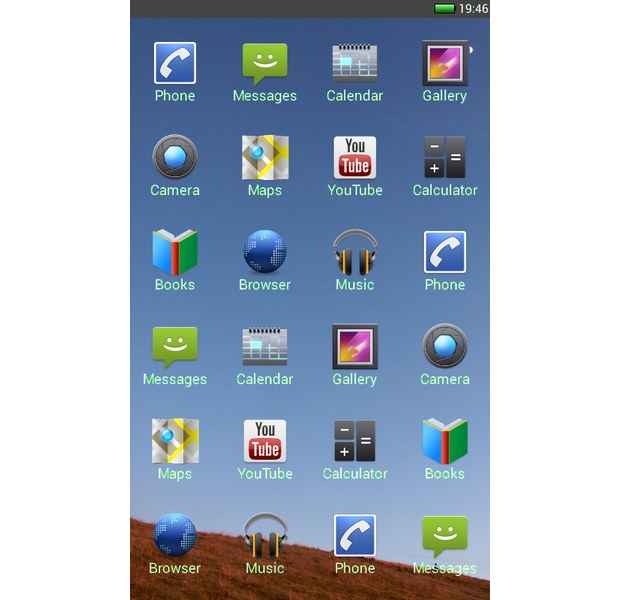
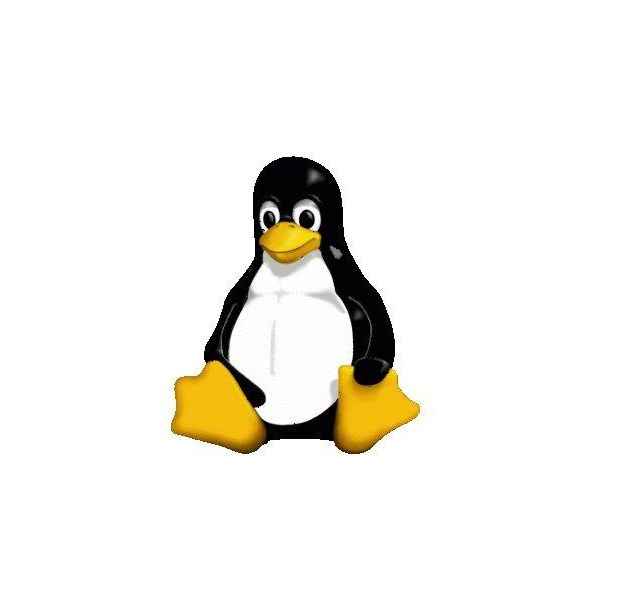
HTML5 / CSS3 / JavaScript etc.
A number of standards are emerging that make 2012 an interesting year for web standards. The Mouse Lock and GamePad APIs aim to improve the state of web games. As usual we will see a number of new standards make it into browsers, especially with the upcoming release of Internet Explorer 10, Firefox 10 to 18, Chrome 17 to 24.
CSS3 has added a number of new specifications; CSS3 Exclusions allow styling arbitrary shapes around which text can flow; CSS3 Regions allow text to flow between multiple isolated sections of a page; CSS3 Flexible Box make it easier to develop user interfaces; and CSS3 Paged media allows pagination for better access than scrolling on devices; and more.
Mozilla Boot2Gecko
Boot to Gecko is Mozilla’s attempt to make a mobile operating system that is completely open, and applications are written using web standard languages such as HTML, CSS and JavaScript. 2012 should see the release of preview versions of this OS.
WebAPI
To make it possible to write powerful web applications that can essentially run a mobile, Mozilla decided to begin discussion on a new set of APIs. Mozilla’s WebAPI specifications are being developed and matured, to cover all the needs of mobile applications, from access to battery status and vibration, to contacts, SMS etc.
WordPress
WordPress’ meteoric rise is far from over. WordPress 3.3 just managed to release near the end of the year, and WordPress 3.4, 3.5 and 3.6 are likely to release in 2012. WordPress has tried to make it easier for developers to use the CMS with each release, and we can expect great things from it this coming year.
Django
Djano, for those who don’t know, is a web framework based on Python that emphasises reusability, modularity and follows the DRY (Don’t Repeat Yourself) principle. With nearly 9 months since the last major release, Django 1.4 is long overdue and comes with a larger number of features and fixes. 2012 should be a good year for Django as Google App Engine — which can run Django sites — has matured and released.
Apache Flex
Flex is Adobe’s solution to developing applications for the web, desktop and mobile using a declarative UI development language (MXML) and scripting language ActionScript 3. The content then runs in Flash or AIR. Adobe recently decided to shift development model from being driven by Adobe to one developed by the community under Apache.
2012 should be an interesting year for Flex, not only because it will be its first year outside Adobe, but also because Adobe plans to overhaul the compiler, and it is researching on making it possible to convert ActionScript code to JavaScript for making HTML projects.
Mozilla Firefox
Firefox has a good year ahead of it; 2012 will see the release of Firefox 10 to 18, and some great things lie in these releases. In Firefox 10 and 11 Mozilla will expand on the collection of developer tools available in Firefox to include a style editor, an inspector, a debugger and more.
Lying further ahead is an overhaul of Firefox’s interface, a new tab page, a home tab, the ability to push a tab from desktop to mobile, a new download manager, support for installing web apps, and much more. Also releasing is a version of Firefox for tablets, and Firefox for Android with a native UI.
Google Chrome
Google Chrome has now surpassed Mozilla Firefox in usage and it is likely that it will keep growing. For good or bad Google is continuing to push the envelope of web applications. Native Client, which allows one to write code for web apps in native languages such as C is maturing and can greatly improve web app performance. Google’s Dart might also make it into the browser in some from in 2012.
Apache Callback
Apache Callback — earlier known as PhoneGap — aims to make it possible to develop web applications that run natively on mobile. With extended APIs PhoneGap apps can access device features such as compass, contacts, notifications, vibration etc. The app can then be packed for any and all of iOS, Android, BlackBerry OS, webOS, Symbian, Bada, and Windows Phone. Adobe bought Nitobi, its creators, and contributed this project to Apache. Adobe added support for creating and testing PhoneGap applications in Dreamweaver CS5.5 and it is likely more integration will come in the future.
jQuery Mobile
If you’re a web developer it’s a given you’ve heard of jQuery. JQuery Mobile is a jQuery-based framework for developing websites that work well on mobile. The framework makes it easy to create good looking, touch-friendly websites for mobiles without even needing to touch JavaScript or CSS. It can automatically enhance your HTML site if you give it a few hints. jQuery Mobile had its first major 1.0 release just recently and 2012 should see more releases now that the basic stuff is done. Combined with Apache Callback above, it is a great tool for making simple web applications.
webOS
HP has just announced that it will open source webOS. Despite the recent turbulent times for this OS, by becoming open source it should live on in some form or the other no matter what. HP will also be opening its ENYO framework for making applications for webOS. With any new open source project comes a barrage of new development and improvements, and ports to different platforms. webOS should be no different. Both Tizen and Boot 2 Gecko are similar products and might gain from this. 2012 should be exciting year indeed for this under-appreciated OS.
bada
Bada is yet another Linux-based mobile operating system, which was developed by Samsung. Although the OS is only used by Samsung, and that too on not all phones – they still make Android phones – it is still an important OS by a major manufacturer of mobile phones. Bada is based on Linux, however most of the OS is not open source; this is something that Samsung might correct in 2012.
Plasma Active
Plasma Active is project by KDE for creating a tablet-centric UI based on the KDE Framework that is completely open source, yet powerful to use. In the short time since its announcement Plasma Active has made good progress, and already has its second release. In 2012 it is expected that KDE will announce Plasma Active available preinstalled on tablets, so that it can expand in scope beyond just the few geeks who know how to install multiple OSs on their tablet devices.
Android
Android tablet’s still have not taken off as well as their Apple iOS counterparts, but will Android 4 change that trend? 2012 is when we find out. Android has become increasingly important in the Mobile segment, and being free and open source means that it is quite likely to be found on lower-end tablets. Android tablets will be able to beat Apple ones in price if nothing else, and sometimes that is enough.
Tizen
From the ashes of Nokia’s Maemo, and Intel’s Moblin, and their child MeeGo comes Tizen. A fresh new project, that has the same goal as its ancestors, to run on mobile, tablet, netbooks, IVI systems and TVs. Tizen however is intended to be based entirely on web standards. It is similar to Mozilla’s Boot to Gecko and webOS in many respects. 2012 will see its first release, and we will see if Intel can still make a compelling OS.
Ubuntu
Ubuntu 12.04 will be an important release for a number of reasons. First, it’s the first long term release since their new desktop environment Unity, so significant work will go into it to stabilize and refine it. Secondly, it will be the first long term desktop release from Canonical to get a 5-year support period, up from 3 years. Canonical is also working on mobile / tablet versions of the OS, which should also see some activity in 2012.
Linux Mint
Linux Mint 12 has already shown that it’s possible to have a good compromise between the old Gnome 2 and the new Gnome 3 user experience. Now they have gone their own way with their own replacement for Gnome Shell. As Gnome 3 matures and becomes more capable, it will be interesting to see the direction Mint takes. It has already attracted a large number of Ubuntu users who were unhappy with the new Ubuntu UI.
Qt 5
The popular cross-platform toolkit Qt is about release its 5th major release in 2012. Unlike Qt 4, Qt 5 intends to be a quieter, but nonetheless significant release. Backwards compatibility is being given importance. It will be Qt’s first release under an open governance model, with the community controlling its direction. KDE software being entirely Qt based, KDE is likely to have a great influence in the direction of Qt 5.
KDE
With the release of Qt 5, comes KDE Framework 5. However it will not mean a major release for the KDE software. Major updates to KDE are coming in the way its libraries are organized making them more modular and simplifying it for third-party developers to use only a few of the libraries in their apps.
Both KDE 4.8 and 4.9 will be releasing in 2012, each carrying improvement to the very core of KDE software. Overall there is a strong focus on improving the performance of KDE software since the developers intend to have it running on tablets and in the future even on smartphones. The use of QML for developing the applications and widget UIs in KDE software is also being encouraged. These improvements are also good news not only for the tablet version but for desktops, and laptops as well, which will see a richer more adaptable environment and better performance.
Lightworks
Linux has few good quality video editors, however EditShare are offering a professional quality non-linear video editor on a golden an open source platter. Lightworks is an Emmy and Oscar award winning video editor, used in movies such as The Departed, Pulp Fiction and Mission Impossible. The source code release intend to be in 2011 has now been delayed into 2012.
LibreOffice
Since the community took over development around a year back LibreOffice has progressed a lot. There is still a lot more lying ahead. In the long term, the UI of LibreOffice will be overhauled to make it LibreOffice more modern and accessible to newer users. Work is already underway towards releasing version of LibreOffice for mobile platforms such as iOS and Android. Even a version of LibreOffice that can run the browser via the canvas has been demonstrated and is in development.
Apache OpenOffice
In 2011, Oracle donated the OpenOffice.org code base and brand to the Apache foundation. It has since been rebranded as Apache OpenOffice. LibreOffice might be seeing the majority of development right now, but that could change in 2012 as more developers choose to develop on the Apache version of the project rather than the one by The Document Foundation. The differences in licensing make it difficult for LibreOffice code to be used on Apache OpenOffice, however code-sharing the other way is easier. The Apache licence is rather permissive, and Apache OpenOffice might see contributions from major corporations that might like the possibility of having proprietary versions / modules for the project.
BtrFS
The next generation filesystem for Linux continues to gain features and stability, and it is likely to be included as a default filesystem choice in Linux distributions released in 2012. OpenSUSE 12.1, which released in 2011, already supports it as an option can take advantage of its snapshots feature to perform rollbacks. 2012 ought to see more distributions increase support of this feature and more.
Raspberry Pi
Raspberry Pi is a category in itself! This small $25 / $35 ARM based computer is intended to be a function PC that can connect to a TV, plug in a keyboard and mouse and run Linux. This magical device goes into production in 2012, and it should be interesting to see what uses people it to. The project itself is open source even the hardware.
ioDoom3
2011 saw the release of the source code of id Software’s Doom 3 engine. In the usual id Software tradition, they are released the source code of their id Tech 4 engine (Doom 3) as a game with their id Tech 5 engine has released (Rage). A large amount of activity surrounded the ioQuake3 project that was based on the id Tech 3 engine, and now the same people have begun development of ioDoom3. Expect to see a lot of open source games with improved in graphics in 2012
libbluray
It is unfortunate that proper Blu-Ray playback is still not possible in any free / open source software. However with the release of libbluray and its continued development, 2012 might just be the year of Blu-Ray playback on Linux. Currently it can be cheaper to buy a TV Blu-Ray player than a PC Blu-Ray drive and Blu-Ray playback software.
Desura
Desura is one of the few game stores out there that offers Linux games and a Linux version of their client. With the announcement of their Linux client and games they were considering open sourcing the game client which is used for downloading and installing games. With the client open source, it is quite likely that it will be included in Linux distributions so users can install it easily from the repository. Definitely something to look forward to in 2012.
Popcorn.js
One of the most powerful aspects of the web is its interactivity; however video has still mostly remained confined to a square box with a play button. Popcorn.js is yet another Mozilla project; one which intends to make videos a more integral part of the web. A complementary project called Butter (obviously) provides an open source authoring environment for such interactive videos online.
Mozilla Apps
Mozilla has been working on its concept of an open web app store ecosystem for a while now, and has finally released a developer preview that showcases how such a thing might work. Mozilla will launch its own store in 2012 and with the open nature of their web app store system; others could launch similar stores too.
WebP
While WebP wasn’t a strong format when it launched, it has gained numerous features and made several improvements in its short period of existence. More improvements are likely to come in 2012, and it might jut be the year when more browsers begin to adopt it. Currently it is only supported in Opera and Google Chrome.
OpenStack
While Amazon Web Services get increasingly popular, they are still a closed solution and not suitable if you want to run your own personal cloud. That is where OpenStack, an open alternative to Amazon, steps in. OpenStack lets you create your own cloud infrastructure and manage it like you would Amazon’s. You can also offer you cloud infrastructure to others, like Rackspace does. Currently it offers compute, storage and imaging solutions.
Euclyptus
Like OpenStack, Euclyptus is an open source technology for managing a private cloud, however one essential different between them is that Euclyptus aims to have an Amazon compatible API, so it is easier to shift from Amazon to your own private cloud. Additionally one can combine a private cloud with Amazon using Euclyptus since they both offer the same APIs. Euclyptus also has a commercial enterprise version available. Euclyptus 3 is the next major release of this tool and is something to look out for in 2012.
Deltacloud
What with all these different cloud services each with their own unique APIs; it is a rather difficult task to shift from one to another. Deltacloud abstracts away the differences between different cloud APIs, so you can focus on writing your for one simple RESTful API. DeltaCloud ensures compatibility with major cloud service providers such as Amazon, Euclyptus, Rackspace, OpenStack, GoGrid, OpenNebula etc. This allows not only shifting from one provider to another if you use the DeltaCloud APIs, but also using services from multiple providers together for even better redundancy.
GIMP
The GIMP 2.6 line has lasted quite a while now, more than what the developers expected, but GIMP 2.8 is coming, hopefully, in 2012.
GIMP 2.8 finally brings one of the most requested features, a single-window mode! GIMP has always had a multi-window layout which didn’t sit right with people coming from the Photoshop world, and this should set some things right. Other major upgrades such as on-canvas text editing, layer groups, Cairo being used to draw the interface, are also coming in this release.
Ruby on Rails
Ruby on Rails is a popular web application development framework built on Ruby and responsible for powering, among others, Twitter. It sees active development and 2011 was no exception. In 2012 comes Ruby on Rails 3.2, a release candidate of which is already available. This version will feature, among other things, support for reloading new code while you app is still running, faster routing, and the new Active Record Store. Also scheduled to come in 2012, is Ruby on Rails 4, which is intended to be “smoother transition” with the primary purpose of dropping support for the older Ruby version 1.8.7 for 1.9.3.
Python
The Python 2.x line has seen its last release with 2.7. While it will still be supported for a long time to come, and a majority of and all major future updates will come in Python 3. While Python 2 will still be supported for a long time to come, 2012 should be an interesting year when it comes to a number of third-party libraries supporting Python 3.
nginx
The Apache web server might be the most popular of all, but other open source web servers are emerging that have lesser legacy to worry about. One such web server is nginx, which is already third in usage worldwide. Nginx is a light and fast engine with a focus on high concurrency, to meet the scaling demands of today’s web applications. Hulu, WordPress, Facebook, Dropbox, all highly visited websites use this server among other technologies, and as such it should see an increasing interest in development.
Cherokee
Cherokee is another lighter alternative to the Apache web server. It offers an extensive feature set, and a user-friendly admin interface for configuring settings instead of text files.Cherokee also includes a number of wizards for installing popular web frameworks and applications with ease. Wizards for configuring popular web server options such as disabling hotlinking and setting up redirects are also available. It is a recent project undergoing active development, so it will be interesting to see where it goes in 2012.
GlusterFS
GlusterFS is a distributed file system that can scale to petabytes of storage across thousands of clients while running over a standard IP network. The company behind this open source software was recently purchased by none other than Red Hat, and 2012 should bring some news for this technology, especially considering the increasing focus on cloud computing nowadays.
0 A.D.
0 A.D is an open source game everyone should have heard about. This beautiful game has been in development since nearly a decade. Recently its pace of development and release has gone up a notch, as the project had 5 releases in 2011. While currently the game is not entirely playable, that could change in 2012.
Cinnamon
Cinnamon is yet another desktop environment, but one which aims to improve the technology behind the desktop rather than the user interaction mechanism. Cinnamon is a fork of Gnome Shell, and will build a Gnome 2-like environment on Gnome 3. It will be interesting to see where it goes in 2012 with the developers of Linux Mint behind; especially considering that Linux Mint 13 / Ubuntu 12.04 should be a long-term release.
ownCloud
Cloud services such as Picasa, Flickr, Google Docs, Dropbox, etc. are getting increasingly popular, and for good reason, but there is always a sinking feeling that your data is no longer fully in your control. With ownCloud you can host your own collection of web services for hosting and sharing media, streaming music, synchronizing data, contacts, calendar and more. While the release of ownCloud 2 is just a recent affair, ownCloud 3 is already planned for early 2012.
Diaspora
While ownCloud offers an open alternative to closed services for storage, media, sync etc. Diasopra offers an open alternative to social services such as Facebook, and Twitter. Diaspora has a distributed model of social networking, where everyone hosts their own profile in a trusted place, perhaps their own computer, or a trusted third-party server, but can still push messages photos etc. to other users. It is still in active development, and a beta of Diaspora is slated for release in early 2012. While it may be far from reaching the popularity of other major social networking services, in a way it is already successful. All you have to see is how similar Google’s concept of Google circles is to Diaspora’s aspects, and how similar is their UI.
OpenJDK
OpenJDK is an open source implementation of the Java programming language, and with Java 7, it is now the official reference implementation of Java. Java 7 may have just released, but the current plan is to have Java 8 release in 2012, with a number of improvements that were supposed to come in Java 7 now coming in Java 8 instead.
Gnome
2011 was a mixed year for this desktop environment. While it progressed by leaps and bounds in Gnome 3, it did not receive a warm welcome as it would have hoped. Even so, Gnome 3 is developed for a new audience, and with Gnome 3.2 released in 2011, and Gnome 3.4 and 3.6 to look out for in 2012 there is quite some time for it to gain a new following and perhaps attract back some old users as the desktop matures.
Unity
Canonical, the company behind Ubuntu has gone out of the way to differentiate their distro from others, and Unity is proof of that. Unity is a unique Linux experience that makes Ubuntu stand out. Canonical eventually intends to bring Unity to smartphones and tablets as well and 2012 should see some progress there. While it may not have received that warm a welcome on the desktop, it might just be more popular in smartphone and tablet form factors.
Node.js
JavaScript being the only supported client-side web programming language has gained considerable popularity, such that not it is possible to write not only client side web applications, but using Node.js it can also be used for the server-side logic. Node.js allows the server-side of web applications / sites to be written in JavaScript, and runs on Google’s V8 JavaScript engine with added libraries to extend its functionality. With Microsoft’s support behind it, Node.js is now also available on Windows and even on Windows Azure, and more exciting developments are likely to lie in 2012.
NaCl
NaCl or Native Client is Google’s attempt to speed up web applications by allowing parts of their code to be written in native code which can then be run much faster on the client side. NaCl will allow such code to run resource-intensive tasks natively on the hardware, thus making complex video, audio and image editing software — among others — feasible as web apps. The applications run in a sandbox thus preserving the security of the system. It is already available in Google Chrome, but other browser vendors don’t have much positive to say about it. With Google committed to NaCl, and other browser vendors not interested developments in 2012 will likely seal the future of this technology.
Dart
Dart is an alternative web programming language proposed by Google. It is intended to coexist with JavaScript as a more powerful option for developing web applications. The language has a rather controversial system of option types, where types can be specified but are not actually enforced, but a just for code commenting. While Google eventually intends to support Dart directly in Google Chrome, it can be compiled to JavaScript and run on any browser anyway.
Emscripten
While Native Client (NaCl) tries to run native code directly a browser that supports NaCl (only Chrome for now), Emscripten compiles it to JavaScript so it can run in any browser. Not all code can be directly compiled, but a number of libraries, such as those for decoding file formats or processing data can be run in a browser. It has been used to run complex applications such as the Python interpreter in the browser.
Go to Page 2 to hear what IBM and Red Hat have to say

Country Manager
Academic & Developer Relations, Career Education & Localization
IBM India/SA
“Open source has been widely used to supplement and improve commercial offerings and to implement a “best effort” class of services, just as much of the Internet is still in the “best effort” category. More and more companies will adopt open source applications for use as the foundation blocks of their commercial, Internet-oriented infrastructure.
“Developers around the world believe IBM Watson’s sophisticated analytics capabilities will transform industries that are managing massive amounts of data. According to the 2011 IBM Tech Trends Report open source platforms such as Apache Hadoop and Linux for business analytics is gaining importance among software developers. As per the key finding from the report eighty-seven percent of respondents believe open source and open standard technologies will play a key role in the future of application development. While Java, Linux, .Net, J2EE and XML are some of the key skills employers are looking for in the candidates, the need for technical skills in this area is only increasing. Android is ranked as being the top mobile platform over the next 24 months. This open source platform based on Java and XML offers a much shorter learning curve, and this contributes to its popularity with IT professionals. The results also show a growing need for technical skills in the areas of business analytics, social business, mobile computing, open source technologies and cloud computing.”

MD
India Subcontinent
Red Hat India
Businesses are increasingly becoming more confident about deploying open-source technology within the enterprise, instead of reducing it to the periphery or for experimental projects. Multiple factors are driving this increased adoption of open-source software, including freedom from vendor lock-in, greater flexibility and lower cost.
The open source technologies I see gaining momentum in 2012 are cloud computing, Infinispan and cloud storage.
Cloud Computing: The original and essential value proposition of the cloud is to turn as many computing resources as possible into commodities that are available on demand. The cloud is now going mainstream with offerings like Paas and Iaas, which provide enterprises the easiest on-ramp to the cloud, deliver more performance, choice, and speed to market. Red Hat’s cloud solutions CloudForms (for Iaas) and OpenShift (for Paas) allow IT infrastructure teams to build and manage clouds that reduce the complexity resulting from virtualization and diverse business requirements.
Infinispan: Infinispan is an extremely scalable, highly available data grid platform – 100% open source, and written in Java. The function of Infinispan is to render a data structure that is highly synchronized, designed ground-up to make the most of modern multi-processor/multi-core architectures while at the same time providing distributed cache capabilities.
Cloud storage: Today, vendors are grappling with the complexities of cloud computing, especially the integration of storage across hybrid (on-premise and public) clouds. Additionally the established vendors typically require specialized hardware as part of their solution. Open source software is widely used today for cloud computing on commodity servers, so it is a natural evolution to leverage open source for cloud computing on commodity storage.
We at Red Hat are excited about the opportunity that this shift to the cloud presents. With the acquisition of Gluster, earlier this year, Red Hat’s cloud-computing capabilities have been enhanced. Gluster technologies help to offer great value in standard physical and virtual computing environments to customers, by providing (1) high quality, (2) open source flexibility, (3) rapid innovation and (4) genuine price/performance advantages over the competitors.